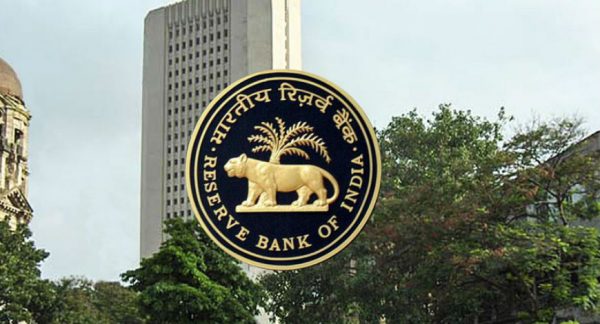
RBI has decreased 135 basis points since February but Banks have decreased only 40
The Central Bank of the country, Reserve Bank of India has aggressively cut the repo rate since February. Repo rate is the interest rate charged by RBI to the banks when it lends money from them. The consistent cut down in repo rate is a signal sent by RBI to the rest of the banking system that the lending rates to people should come down. Lending rates are the interest rate charged by the banks from the people when they take a loan. The process of repo rate cuts resulting in interest rate cuts across the banking system is known as “monetary policy transmission”.
In our country, the monetary policy transmission is rather inefficient. For example- RBI cut repo rate by 110 points between February and August. 100 basis points make a percentage point which means the interest rate was cut to 5.4% from 6.5%. But Banks have cut only 29 basis points which is just 27% of the amount by which the repo rate came down.
RBI after getting frustrated by the sluggish transmission decided to cut down repo rate by another 25 basis points in October and asked banks to link the repo rate to their lending rates. Still, most of the banking system has ignored the signal. Only a few banks have reduced lending rates on new loans by 10 basis points. Overall, RBI has cut its lending rate by 135 basis points or 1.35 percentage points since February in nine months. But the interest rates being charged from the common people and businesses by banks have fallen only about 40-odd basis points.
Why RBI wants to lower interest rate for people?
India’s economic growth momentum has been rapidly decreasing since February. Projections of growth rate were roughly 7.2%-7.5% in February. It has come down to 5.8%- 6.0% now. Lower interest rates regime is expected to help India’s economy.
One of the main reasons for India’s slow growth rate is that people are not consuming or spending at a high enough rate. There is an argument on paper that if banks reduce lending rates, they also have to reduce the deposit rates. Deposit rates are the rate which banks pay when an individual deposits his/her money in a bank. This will incentivize people to spend more money and save less.
The other argument is that businesses are not investing in existing or new facilities. One of the reasons cited by businesses is that they already have unsold inventories because people are not buying as expected. The businesses say that what is the point of borrowing money and investing if people will not buy things. If banks reduce the interest rate then more businesses will take interest in borrowing loans. This is particularly important as the government has recently cut corporate tax rates in a hope that it will increase the profit of the corporate sector, who will then think to invest more.
So the decrease in repo rate is a justified move, especially looking at the fact that the overall retail inflation is well within the RBI’s comfort zone of 4 percent.
Why Banks are not lowering interest rates?
Lower repo rate is not enough for banks to decrease interest rates. Repo rates have a small impact on the bank’s overall cost of funds which is not enough for banks to reduce lending rates.
Banks need to have a clear difference between the interest rates it charges and the deposit rates it gives to the consumers. The difference between these two sets of interest rates has to be positive enough for banks to make profits.
To attract customers banks tend to offer high deposit rates. These deposits make 80% of the banks’ funds from which they then lend money to borrowers. Banks borrow a very small from RBI so change in repo rate doesn’t change the overall cost of funds. They will not be able to reduce their lending rates until they reduce their deposit rates.
Read more: Minimum wages in Delhi to increase by 11%, Who all be affected
Why banks are not reducing their deposit rates?
If banks reduce its deposit rates then depositors might shift to rival banks that pay more interest rates or they might deposit in small savings instruments such as Sukanya Samriddhi, public provident fund, etc that pay higher interest rates.
Another aspect is that banks who try to reduce their deposit rates, they can’t always reduce them immediately. Director of CRISIL, Miren Lodha, said that more 65% of total deposits are “term deposits” which take up to two years to get repriced at fresh rates. So, banks normally go slow on reducing the interest rates on advances as deposits take more time to get repriced.”
Have a news story, an interesting write-up or simply a suggestion? Write to us at info@oneworldnews.com








